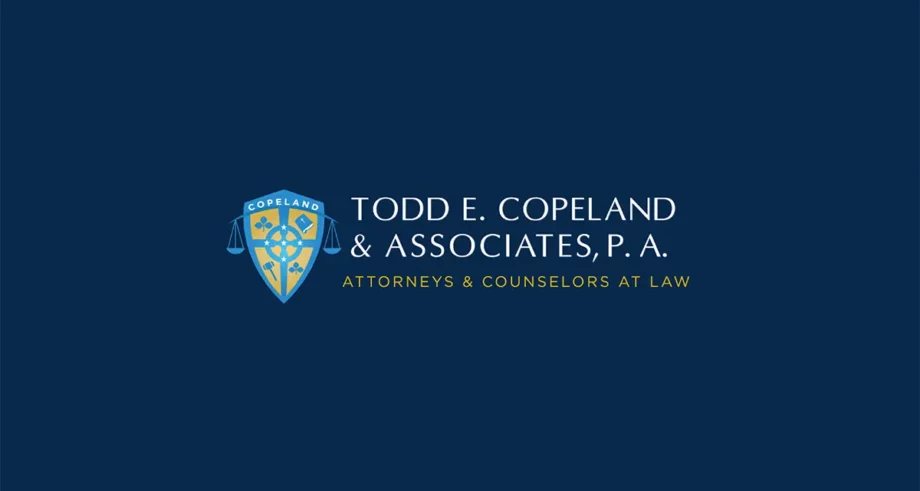Last December, the entire nation looked on in shock and despair as reports emerged and news developed on a lone gunman’s attack in the halls of Newtown, Connecticut’s Sandy Hook Elementary School. In all, 28 people died that day, including the suspect, his mother, six school staff members and, most heartbreakingly, 20 children. That incident and others like it over the past decade inspired a new Florida law that went into effect July 1, say personal injury attorneys with Orlando’s Todd E. Copeland & Associates. It’s just one of more than 270 new or revised state laws.

The new law mandates that public schools implement policies and procedures for emergency drills and real emergencies to help prepare schools for a range of possibilities from severe weather or toxic spills to gunman or terrorist attacks. Schools must be able to provide accurate accounting for all enrolled students, plus quick notification of student’s parents and guardians when an emergency occurs.
The same law also takes aim at another potentially deadly issue for students – anaphylactic shock. It mandates that schools stock a ready supply of epinephrine auto injectors to quickly treat students experiencing anaphylactic shock, and gives students with known life-threatening allergies the legal right to carry and self-administer epinephrine when needed. This includes any time that a student is at school, participating in school-sponsored activities on or off campus, or traveling to and from school-sponsored activities.
Another law was drafted to combat the rising number of youth turning to gang violence. It prohibits lingering in school safety zones without a legitimate reason to be in the area and levies stiffer penalties against anyone caught attempting to recruit a child under age 13 into a criminal gang. For purposes of the law, a school safety zone is defined as any area “in, on, or within 500 feet of any real property owned by or leased to any public or private elementary, middle, or high school or school board and used for elementary, middle, or high school education.” A separate statute makes distributing or posting materials deemed harmful to minors on school property a felony.
Legislators also targeted the growing issue of bullying and cyberbullying. A revised law defines cyberbullying as “bullying through the use of technology or any electronic communication, which includes, but is not limited to, any transfer of signs, signals, writing, images, sounds, data, or intelligence of any nature transmitted in whole or in part by a wire, radio, electromagnetic system, photoelectronic system, or photooptical system, including, but not limited to, electronic mail, Internet communications, instant messages, or facsimile communications.” It further mandates instruction to students, parents, teachers, school administrators, counseling staff, and school volunteers on recognizing behaviors that lead to bullying and harassment and taking appropriate preventive action based on those observations.
To see a list of the new laws and links to their full texts, visit laws.flrules.org. If your child has suffered an injury or death potentially covered by one of these new laws, contact a personal injury attorney with Orlando’s Todd E. Copeland & Associates today.
